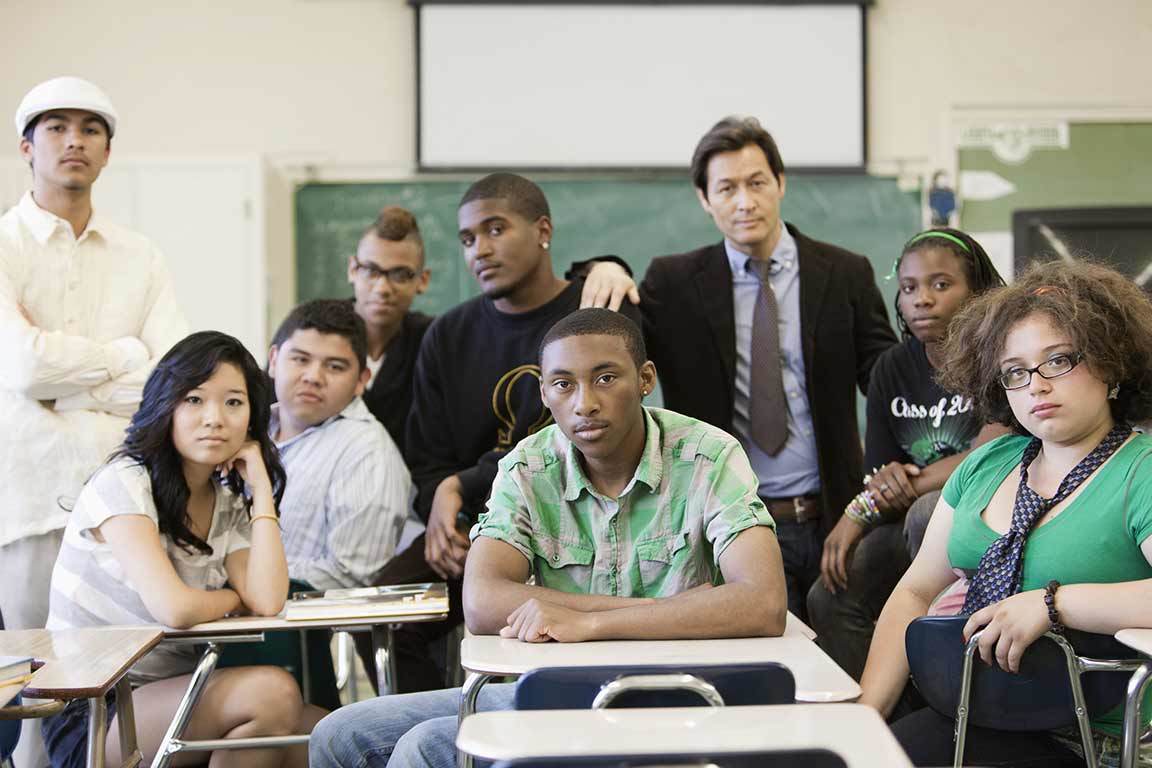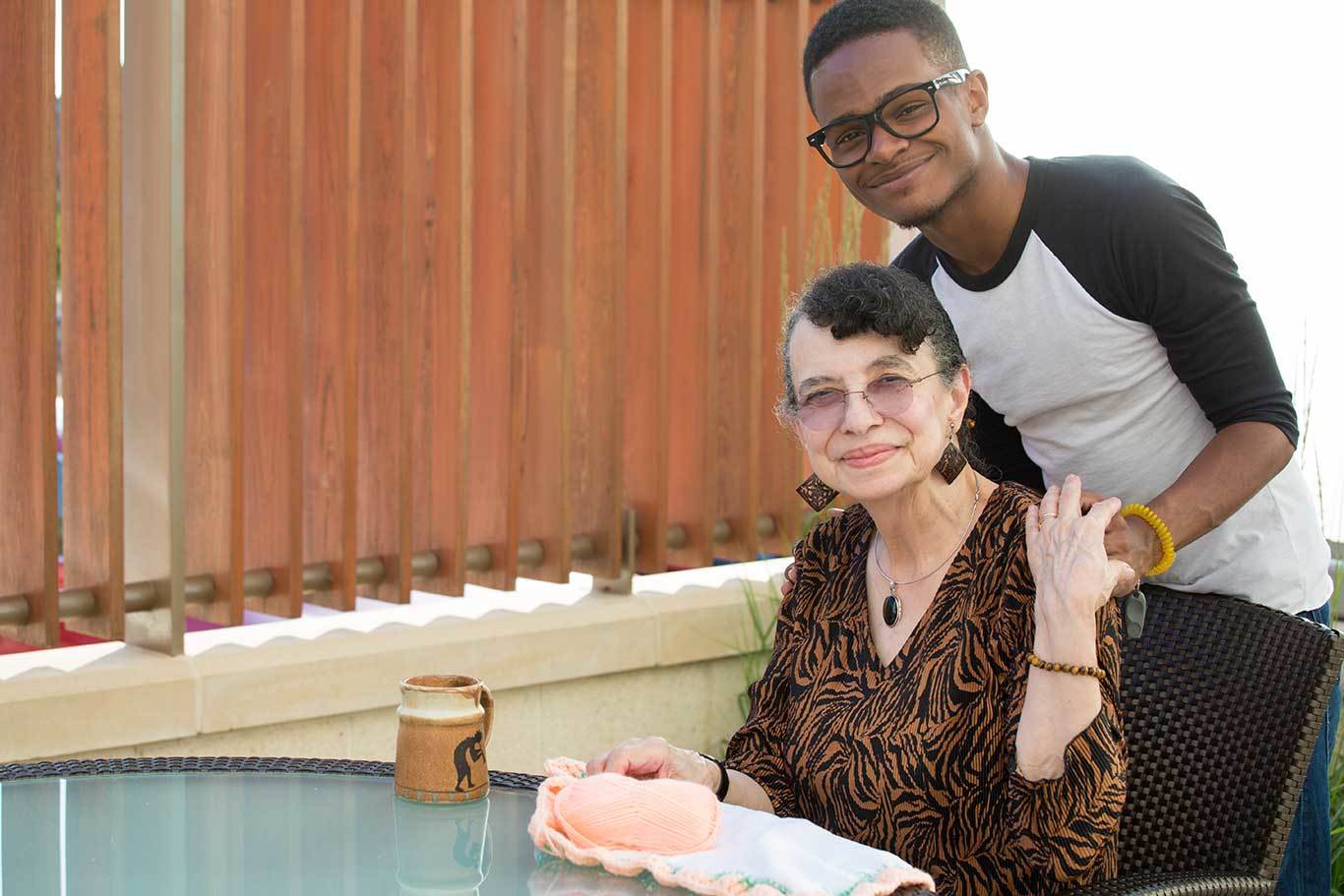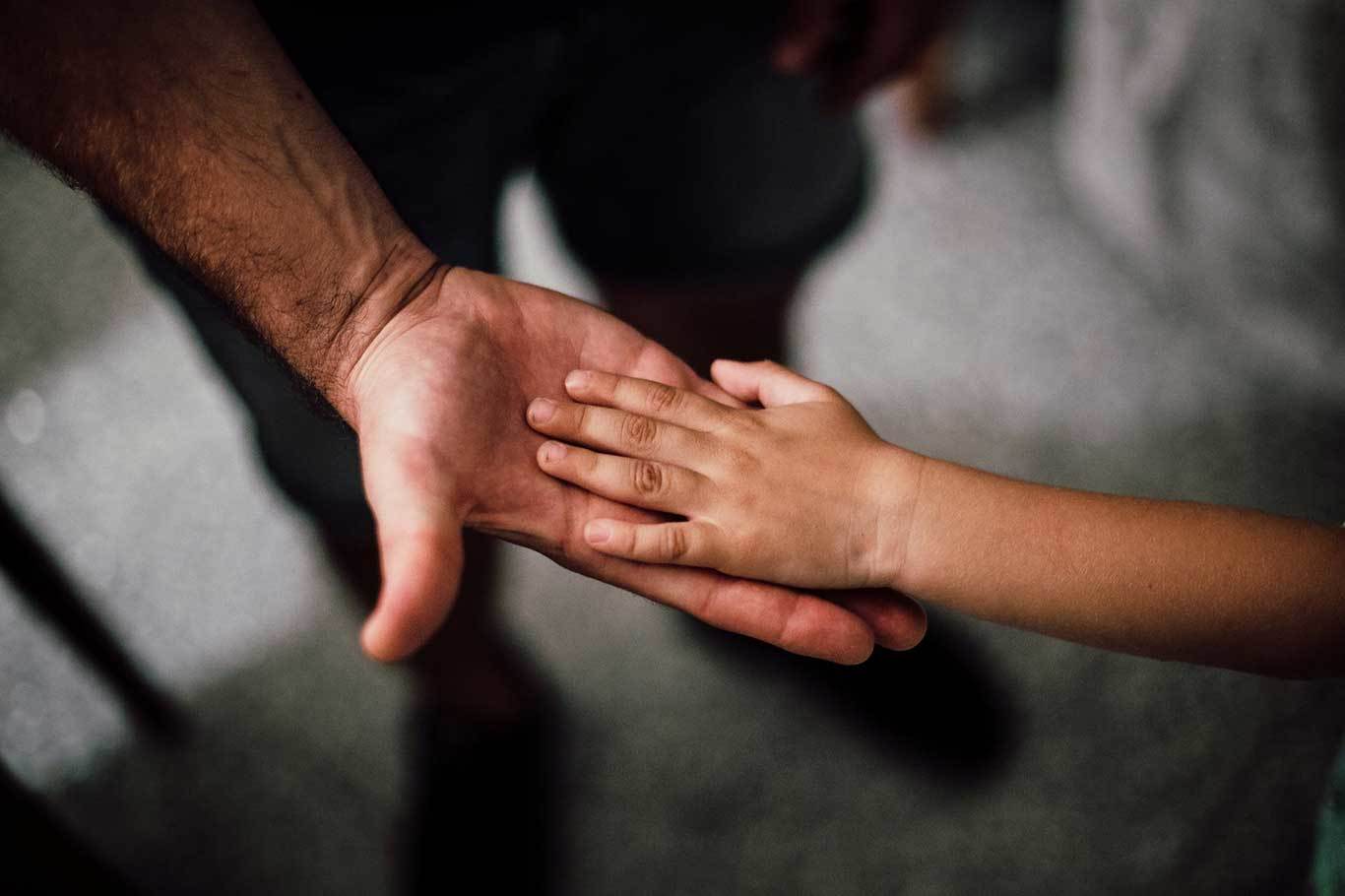What Is Trauma-Informed Teaching?
In order to see each other, in all our complexity, we must first work to see ourselves more clearly.

I’ve never had a black woman teacher or professor. Not one, in over 16 years of formal education. I only realized that startling fact last summer while attending a conference workshop and, for the first time, seeing myself reflected in the person leading the curriculum. Unfortunately this experience isn’t uncommon with around 80% of public school teachers and over 70% of university professors identifying as white.
As a child, I was implicitly (and sometimes explicitly) told that my feelings and perspective were not the norm. That my experience as a black girl was marginal. That for someone like me to grow up and become a teacher or school leader would be an anomaly.
When we speak about student trauma, we’re often thinking about community violence, neglect, or abuse. Rarely do we acknowledge that trauma-informed teaching requires an awareness of generational and racial trauma as well as an examination of the educator's role in unintentionally recreating that trauma.
How Do Generational and Racial Trauma Affect the Brain and Body?
It’s impossible to talk about racial trauma without also talking about generational trauma. They are deeply interconnected. The idea of a “cultural attachment style” is a newly-developing area of study in the worlds of psychology and social justice and explores how, for marginalized groups in the United States, “securities and insecurities in cultural attachment can manifest in patterns that parallel attachment patterns articulated in standard attachment theory.” The racial realities that shape our country were developed over generations of repeated physical, social and psychological violence. Mourning from these traumas becomes “‘short-circuited,’ groups become ‘stuck’ in time, and collective solidarity is created in the process.” Acknowledging “transgenerational transmissions . . . means coming to know and tell a larger narrative, one from the preceding generation.”
These generational traumas are passed down through our individual and collective biologies, sociologies and psychologies. When a student of color walks into your classroom, they’re not only walking in with the realities of day-to-day racism on their shoulders, but also the weight of racial trauma carried by their communities for centuries. This layering of traumas can be understood as cultural complex trauma. This “type of trauma that occurs repeatedly and cumulatively, usually over a period of time and within specific relationships and contexts” describes the experience of marginalized groups in this country who are living with racial trauma year after year, decade after decade.
FuelEd hosts free webinars that center on the experiences and needs of educators
ATTEND AN EVENT
When a student of color walks into your classroom, they’re not only walking in with the realities of day-to-day racism on their shoulders but also the weight of racial trauma carried by their communities for centuries.
Like most traumas, these memories and feelings live both in the subconscious and the physical body. Microaggressions (subtle expressions of a prejudiced attitude toward a member of a marginalized group) and systemic oppression (mistreatment of people within a specific group, supported and enforced by the society and its institutions) can often trigger and harm students of color in profound ways. These interpersonal and structural assaults, insults, and invalidations can unknowingly evoke a generational history of trauma and discrimination.
Retraumatizing Kids of Color
While many trauma informed teaching practices acknowledge how violence and marginalization are at play in the lives of students outside the classroom, they’re less explicit about how exploitation, powerlessness, and cultural imperialism are reinforced inside the classroom.
Often students of color are prompted and praised to live out racial stereotypes or tropes by teachers or school communities. Instead of being seen as unique and whole children, they are expected to reinforce or counteract racial narratives. If Isabel, a Latina student, excels in her computer science class, it can be exploitative to hold her up as “evidence” that girls and latinx folks can excel in STEM. Isabel’s passion for STEM should be encouraged because all students should be supported in their social and academic pursuits. Students’ identities should not be used to alleviate their teachers’ guilt, “diversify” their schools’ brochures or serve as proof that meritocracy works.
Students’ identities should not be used to alleviate their teachers’ guilt, “diversify” their schools’ brochures or serve as proof that meritocracy works.
Similarly, power dynamics are consistently at play in the classroom. For example, disciplinary practices and policies that target students of color (and specifically black boys) give teachers and other adults in schools permission to discriminate. The behaviors codified as “disruptive” or “disrespectful” are built on a hierarchy of cultural norms. On top of that, the unaddressed racial biases of the adults asked to enforce these policies leads to a recreation of racial traumas in the school environment. Cultural behaviors are evaluated in ways that can lead to cruel and psychologically dangerous outcomes for students of color.
Still, perhaps the most pervasive form of retraumatization is the presence of cultural imperialism in nearly every facet of schooling. More often than not, trauma informed teaching strategies remain steeped in white supremicist culture and validate a savior complex through unhealthy paternalism. Historically, schooling was used as an imperialist tool. We can look at “the intergenerational effects of Indian residential schools” spanning from the 1880s-1990s. “Eliminating the ‘Indian problem’ was the aim of the schools, according to original government texts. The schools provided a substandard education and taught native children to be ashamed of their languages, cultural beliefs and traditions.” While these schools no longer exist today, the same values, ideas and practices have been repurposed and renamed in schools across the country continuing a long and robust legacy of systemic oppression in our education systems.
Ultimately, all three of these avenues for retraumatization are heavily dependent on the level of self-awareness an educator has. For children of color, finding safety in a relationship with a white teacher is developmentally challenging and complex. The student is being asked to make sense of the psychological bind and confusion when the body stores and continues to experience collective trauma.
It becomes the educator's responsibility to be aware of this dynamic and do the active self-work to fight against their (often unintentional) retraumatizing behaviors. While racial sensitivity training, reading books and watching documentaries can be helpful in developing a broadened awareness of the experiences different students of color face, it is critical that educators are given the opportunity to explore their own traumas, triggers, and internalized narratives to keep from causing unconscious harm to the students they teach.
Learn about Empathy School & our other programs
LEARN MOREMeaningful Strategies for Trauma-Informed Teaching
Grappling with generational and racial trauma can be daunting, especially for educators who are often overworked and under-resourced. Trauma-informed teaching training can provide practical frameworks and tools to try in the classroom, but the most important investment for educators is doing their own social and emotional exploration. At FuelEd, we believe in a combination of science, skills and self-awareness to develop emotionally intelligent educators. Without the foundation of self-awareness, everything else will fall flat.

While FuelEd’s curriculum provides a powerful experience to start this journey, there are other important ways educators can start the healing and growth necessary to embody trauma-informed practices:
- Look into person-centered counseling. FuelEd’s work and mission are rooted in developing self-awareness and the ability to build healthy interpersonal relationships. This growth can also be developed through person-centered therapy. Reach out to your insurance provider to see if counseling is covered by your insurance or offered through your job to start healing through the guidance of a licensed counselor.
- Start listening: It’s okay if your student’s behavior feels foreign, confusing, or irrational. If the student is reacting from a place of trauma, the felt experience they’re having will necessitate you practice deep empathy and humility.
- Read books rooted in self-reflection: Instead of just reading trauma-informed teaching books, choose literature that helps you confront your own shame or biases.
These steps are not only for white educators but crucial for all educators to confront the prejudices and behaviors that cause harm within and across racial identities in the classroom.
Seeing Yourself To See Others
When I reflect back on my experience as a black girl and young woman navigating majority white schools and universities led by majority white educators and staff, I’m confronted by this need to be seen. As a minority or marginalized individual your “difference” is always noticed. I was constantly observed and reacted to based on my racial difference in subtle and blatant ways. This led to an “uncontrollable hyperarousal, feelings of alienation, [and] worries about future negative events” which are all side affects “of anxiety related to racial discrimination [found in] African-American students.”
The physical and emotional experience described above illuminates the difference between being examined and being seen. When we’re examined or surveilled, the low-grade anxiety that laces every interaction and shapes each day wears on the body and spirit. When we’re seen as whole people, trust and joy are cultivated. In order to see each other, in all our complexity, we must first work to see ourselves more clearly.
Bring FuelEd to your school, district, or organization
SCHEDULE A CALLExplore other articles by FuelEd Partner Jasmine Barnes
READ MORE


